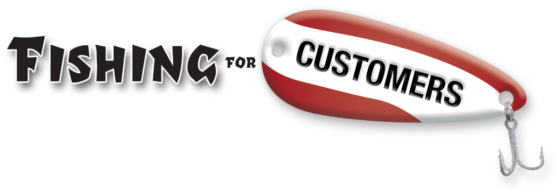 The Dallas Cowboys haven’t had that bad of a season. Five wins, four losses. Slightly better than average. Unfortunately, the die hard fans are devastated. Care to speculate why?
The Dallas Cowboys haven’t had that bad of a season. Five wins, four losses. Slightly better than average. Unfortunately, the die hard fans are devastated. Care to speculate why?
Probably because their expectations for the 2008 season included the Super Bowl.
HBO’s “Hard Knox” may have started some of the hype, featuring the team in four episodes. ESPN picked up on the extra attention given the Cowboys, and focused their considerable airtime (and commentary) on Dallas.
Then, of course, there were all of the bloggers, themselves die hard fans, who enthusiastically trumpeted the inevitable triumph.
Had the fans not been led to expect more, this season wouldn’t be all that bad.
Is there a marketing lesson in the 2008 Dallas Cowboys?
Why, yes. Yes, there is.
It has to do with your customers expectations, when compared to their experiences. Outside what they’ve learned from your ads, many potential customers have no idea of what to expect from your company.
And then they have an actual experience with your company, and you live or die by whether your advertising is contradicted by your customer’s reality.
Advertise “fast friendly service,” but deliver an experience in which your customer stands in line for a turn with a discourteous employee, and every dollar you’ve spent on advertising is wasted – at least with that particular customer.
In much the same way that violated expectations have led Cowboys fans believe this season to be awful, your customer’s violated expectations may convince her that you deliver bad service.
Worse, that you deliver bad service, slowly.
Violated expectations make people talk. Good and bad.
I wrote about those effects in Love and Indifference, Part 1:
“When you thrill shoppers with their purchases and the way they are treated, they are likely to become customer evangelists. They’ll be out preaching the gospel of your company and winning converts to whatever the degree of their persuasiveness.
But the extremely displeased group turn into vigilante customers. In their minds they’ve been wronged. You could just as well have “Wanted, Dead or Alive” posters up with your name on ’em, ’cause they’re out to get’cha. Tell twenty more? Count on it.”
But what if your customer’s experience is only slightly off?
What if you don’t deliver great service, but you don’t do a bad job, either?
If the customer expects “a gourmet meal exquisitely prepared using only select ingredients,” and gets a meal that’s reasonably good, she may attribute superior qualities to the food.
That’s exactly what Antonio Rangel, associate professor of economics at the California Institute of Technology demonstrated in a recent wine tasting. Rangel altered the prices on the bottles, and found:
“The volunteers consistently gave higher ratings to the more “expensive” wines. Brain scans also showed greater neural activity in the pleasure center when they were sampling those “pricey” wines, indicating that the increased pleasure they reported was a real effect in the brain.”
Without any major disconnects between expectation and experience, there’s a good chance that people will accept what they’ve been led to expect. Which leads us to a simple formula for advertising success:
1. Use your ads to create an expectation of the experience your customer will have when she does business with you.
2. Then, ensure that her experience delivers on those expectations.
3. And though we haven’t yet discussed it, hold something back from your advertising. Use it to “WOW” your customers, and make their experience better than expected.
We’ll give that idea some consideration next time.
In conclusion, the most effective advertising reinforces what people already believe. The most successful businesses do nothing to contradict those beliefs.
__________
Chuck McKay is a marketing consultant who helps customers discover you, and choose your business. Questions about delivering on your customers expectations may be directed to ChuckMcKay@ChuckMcKayOnLine.com.
